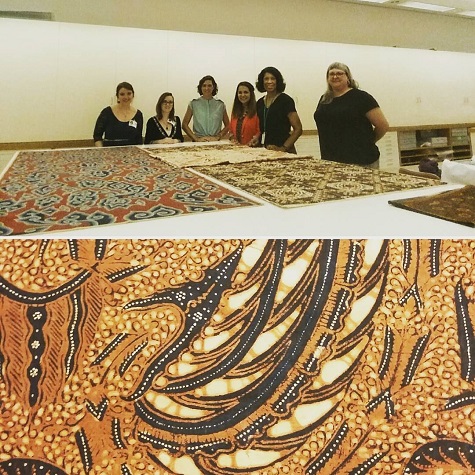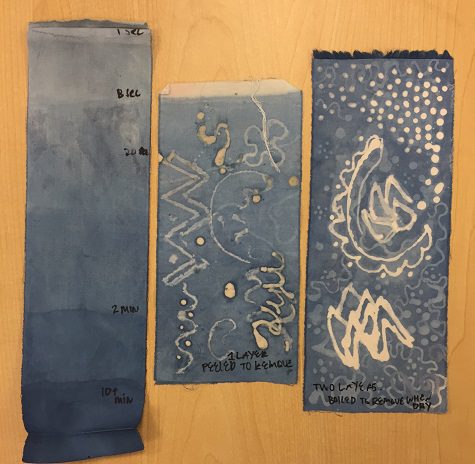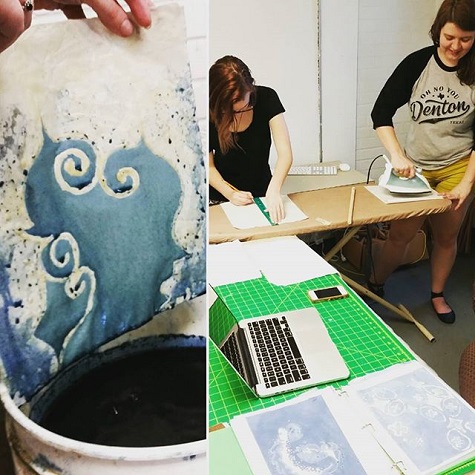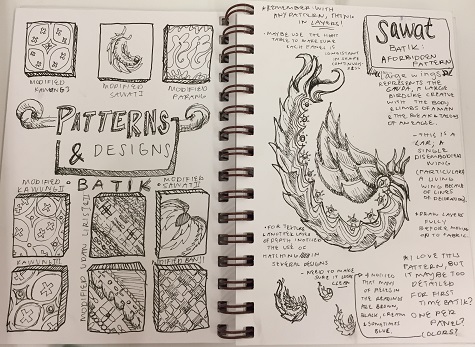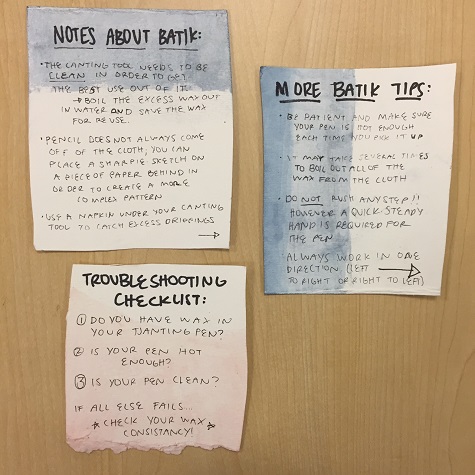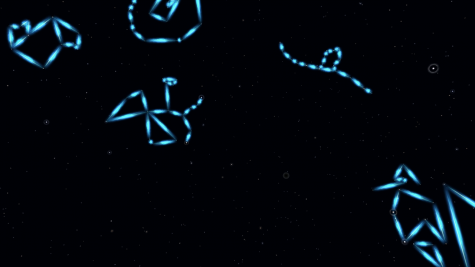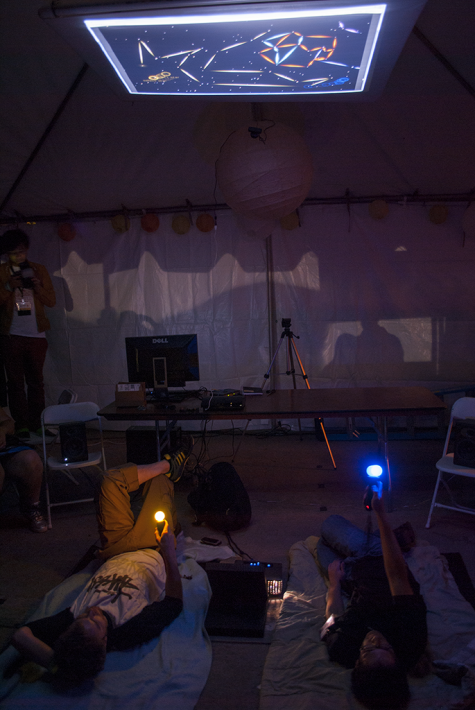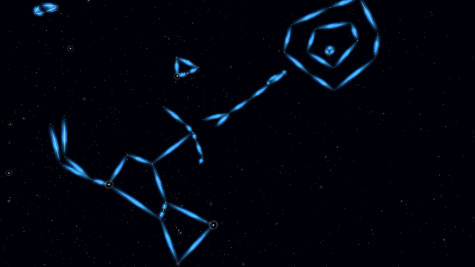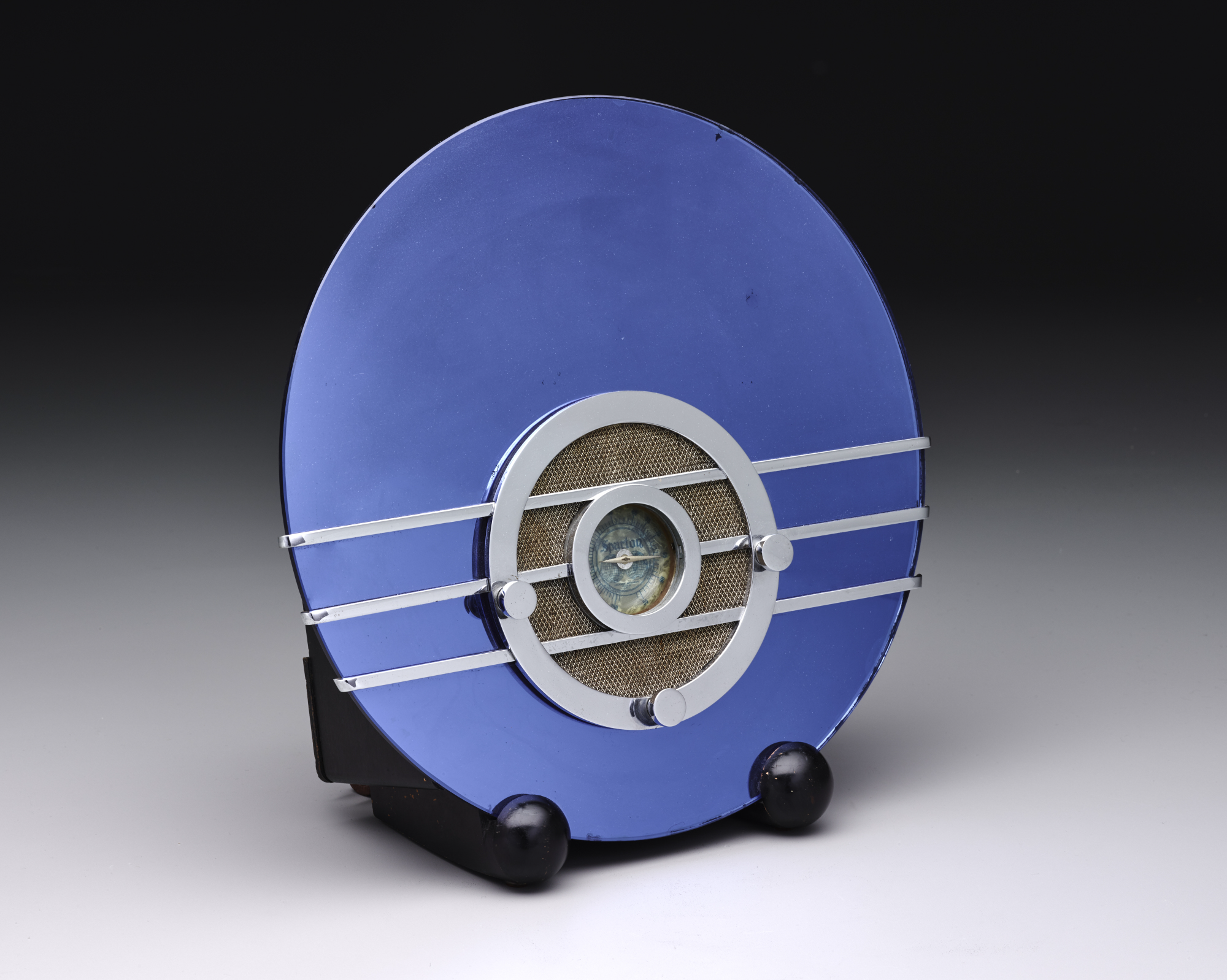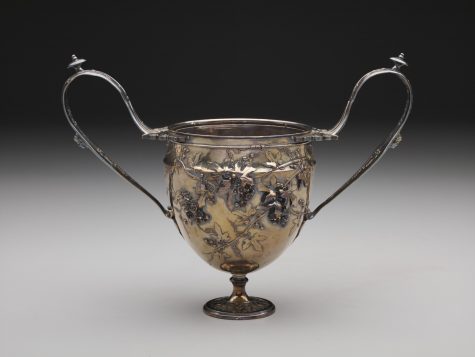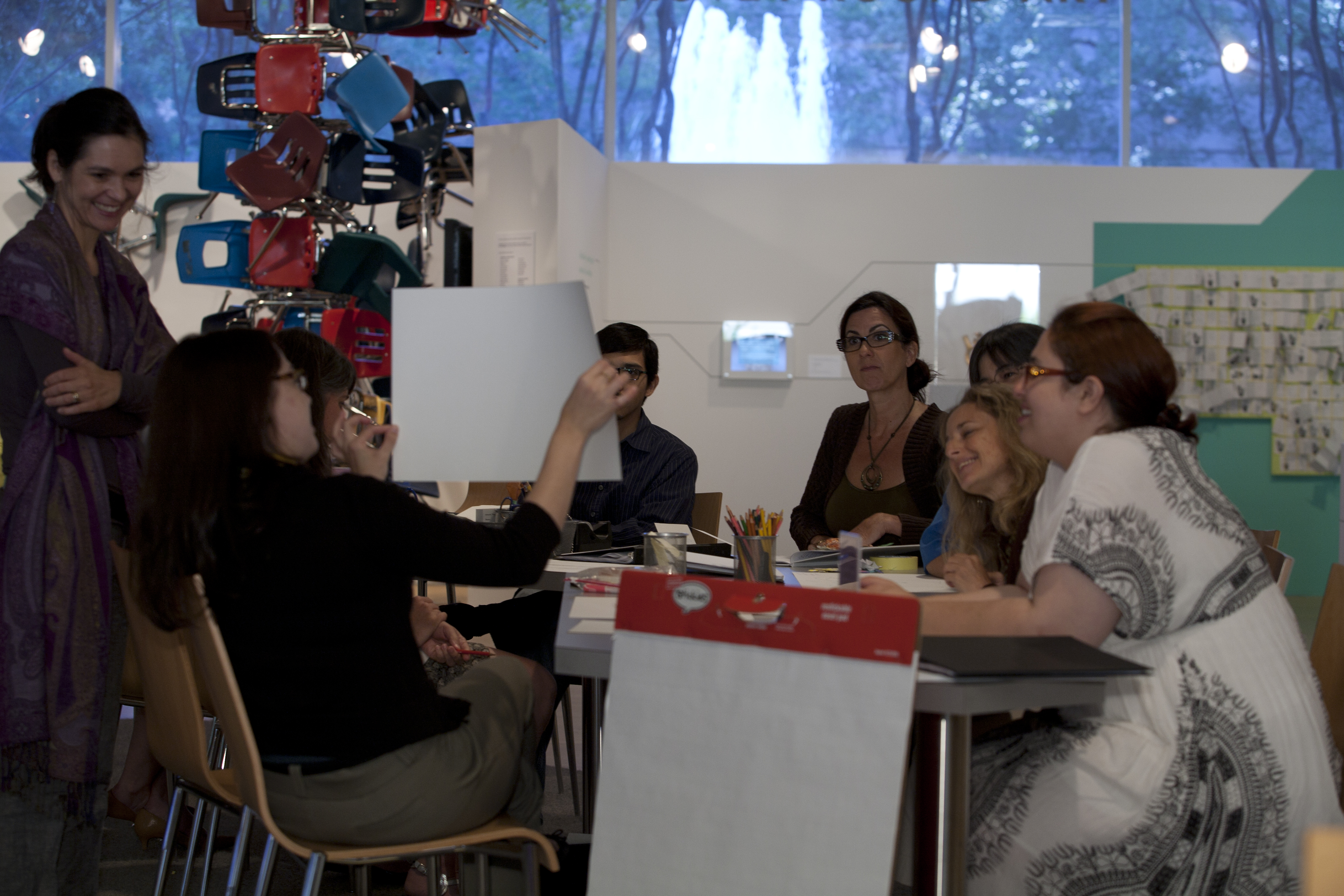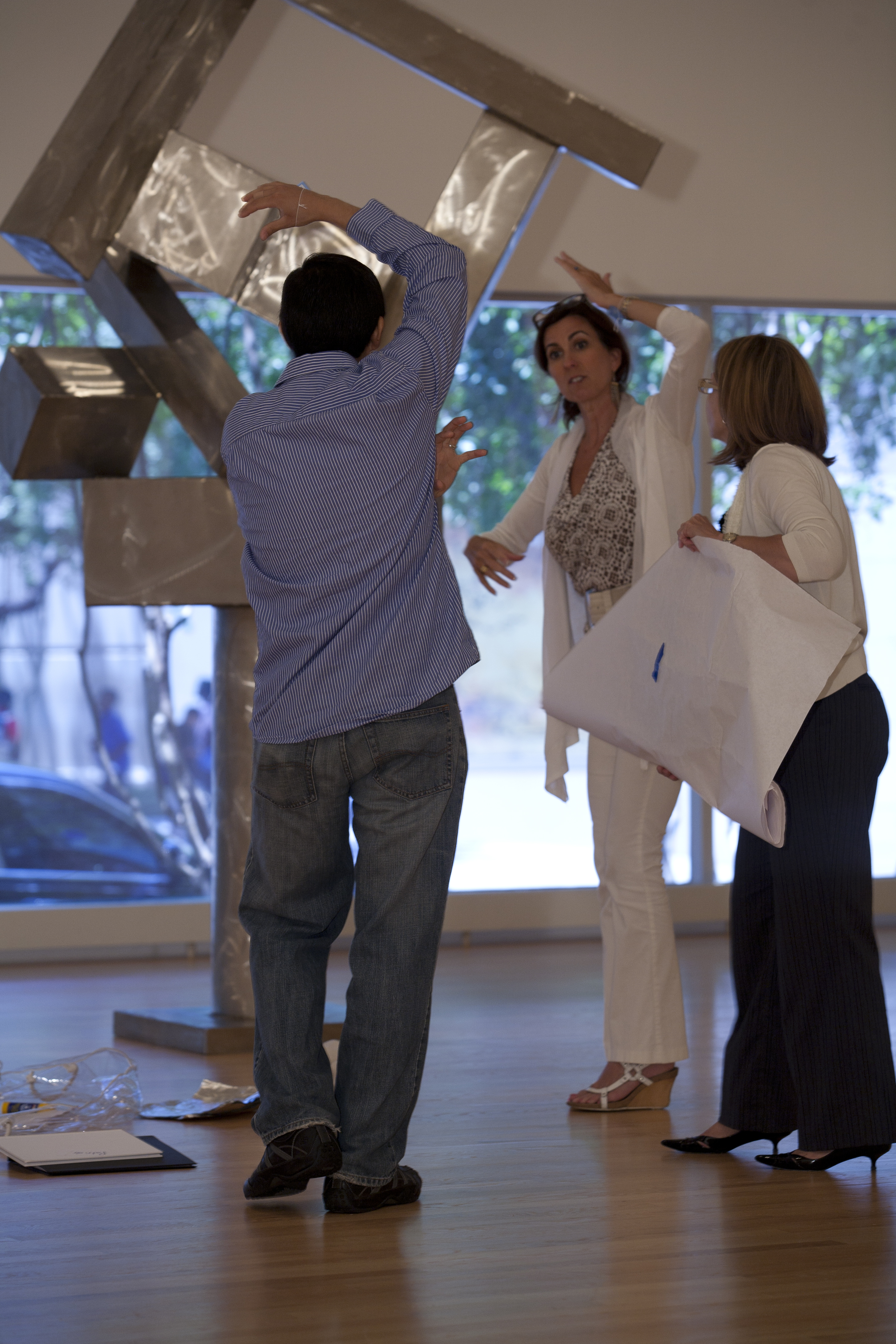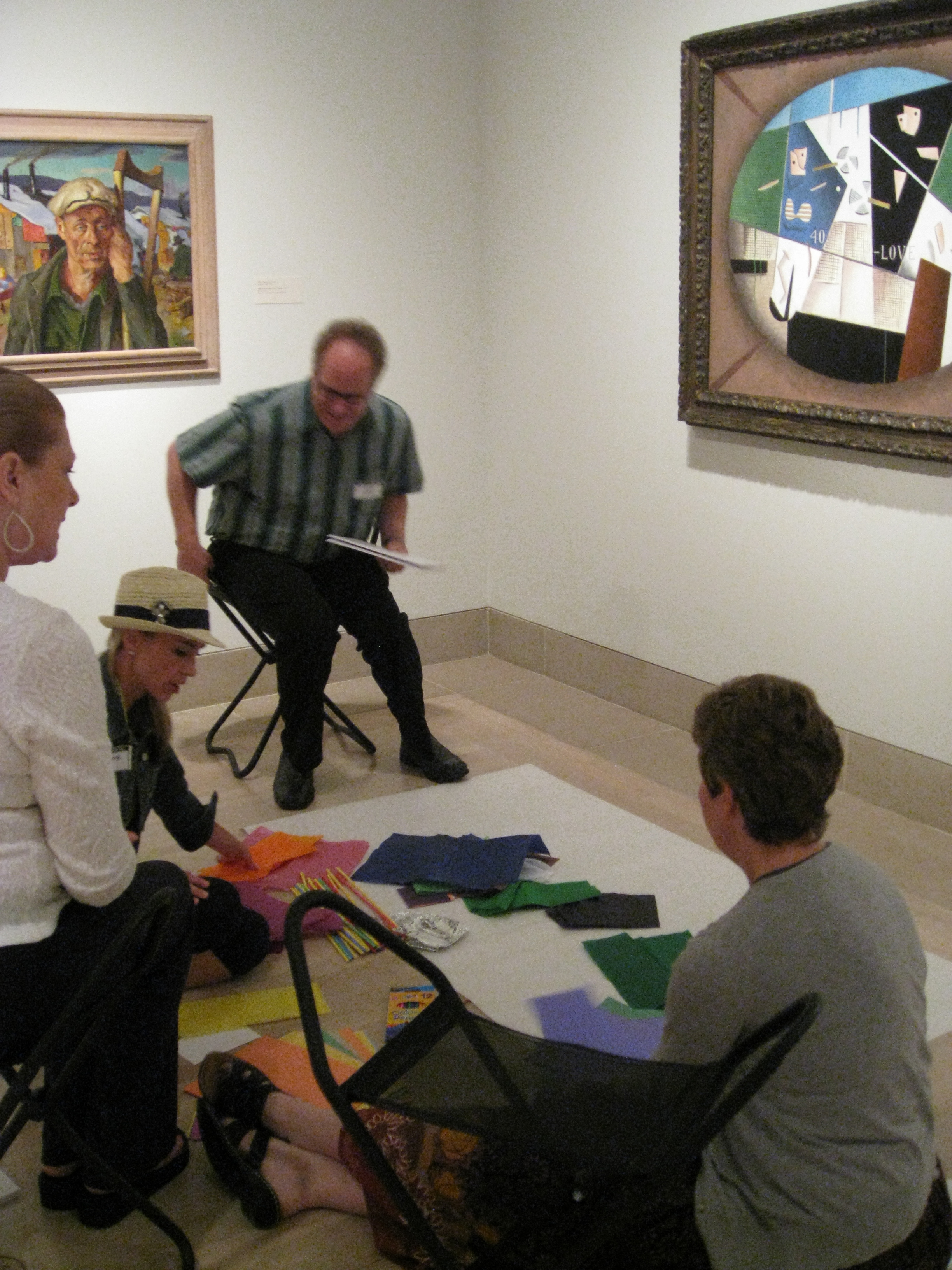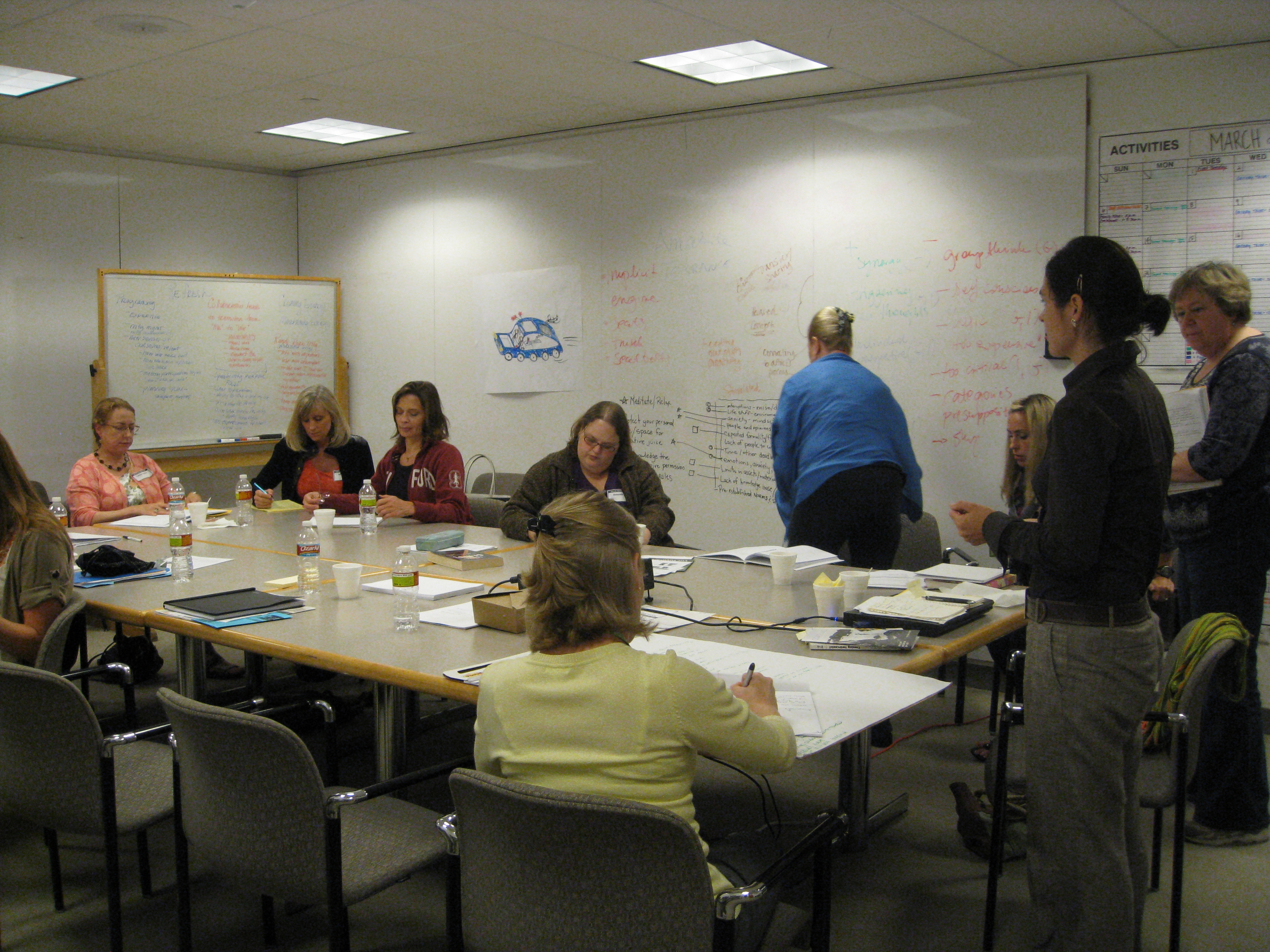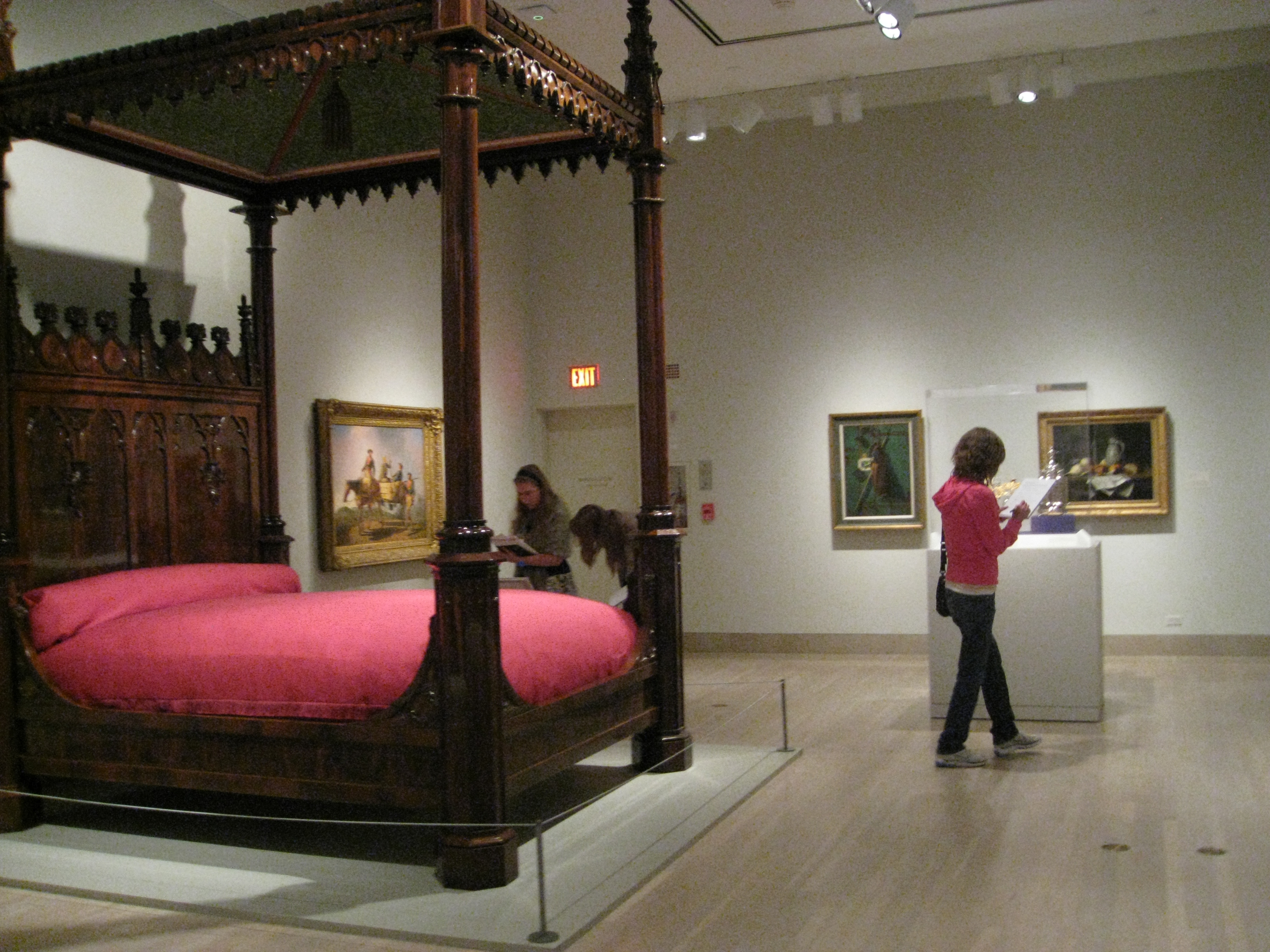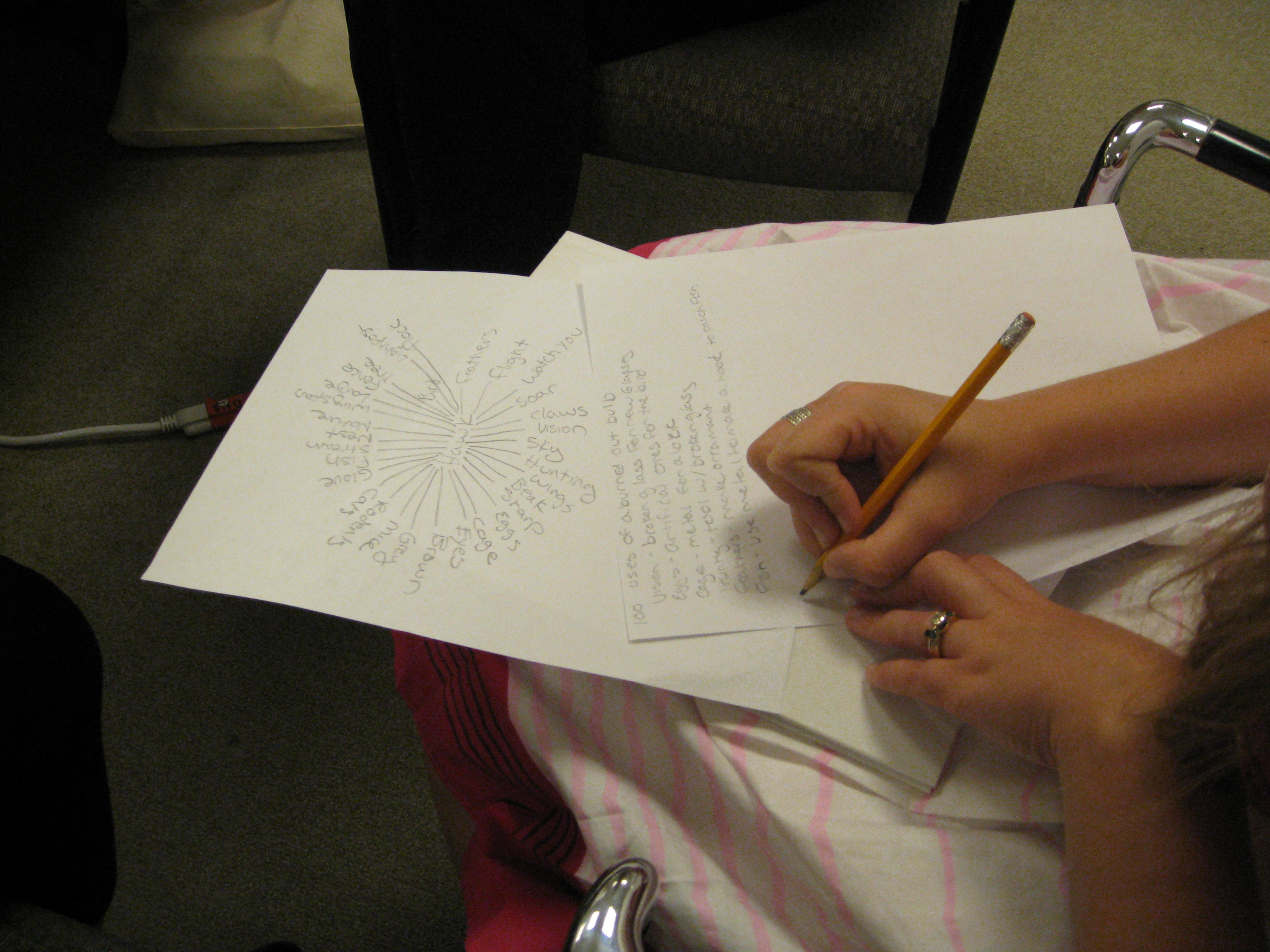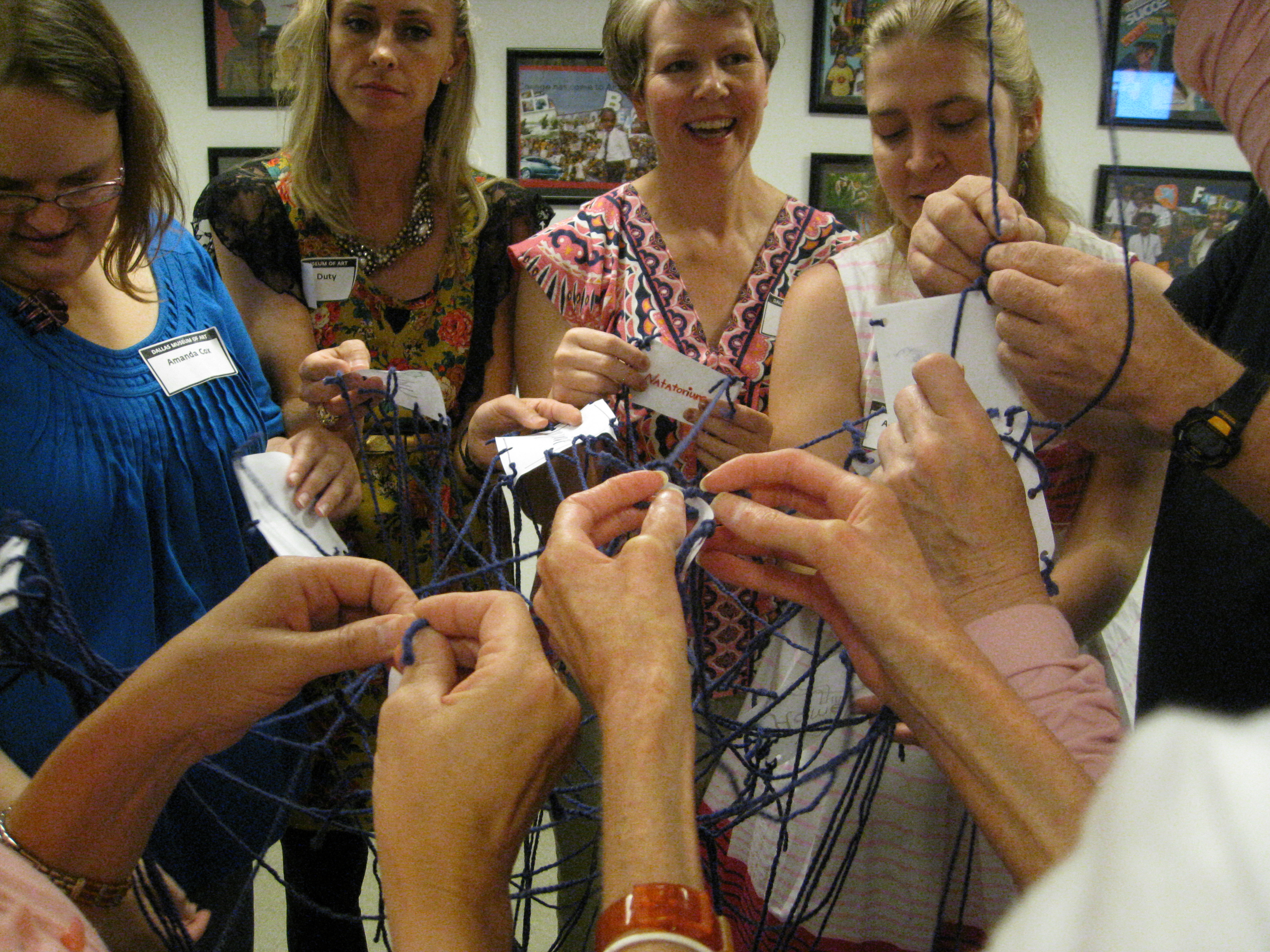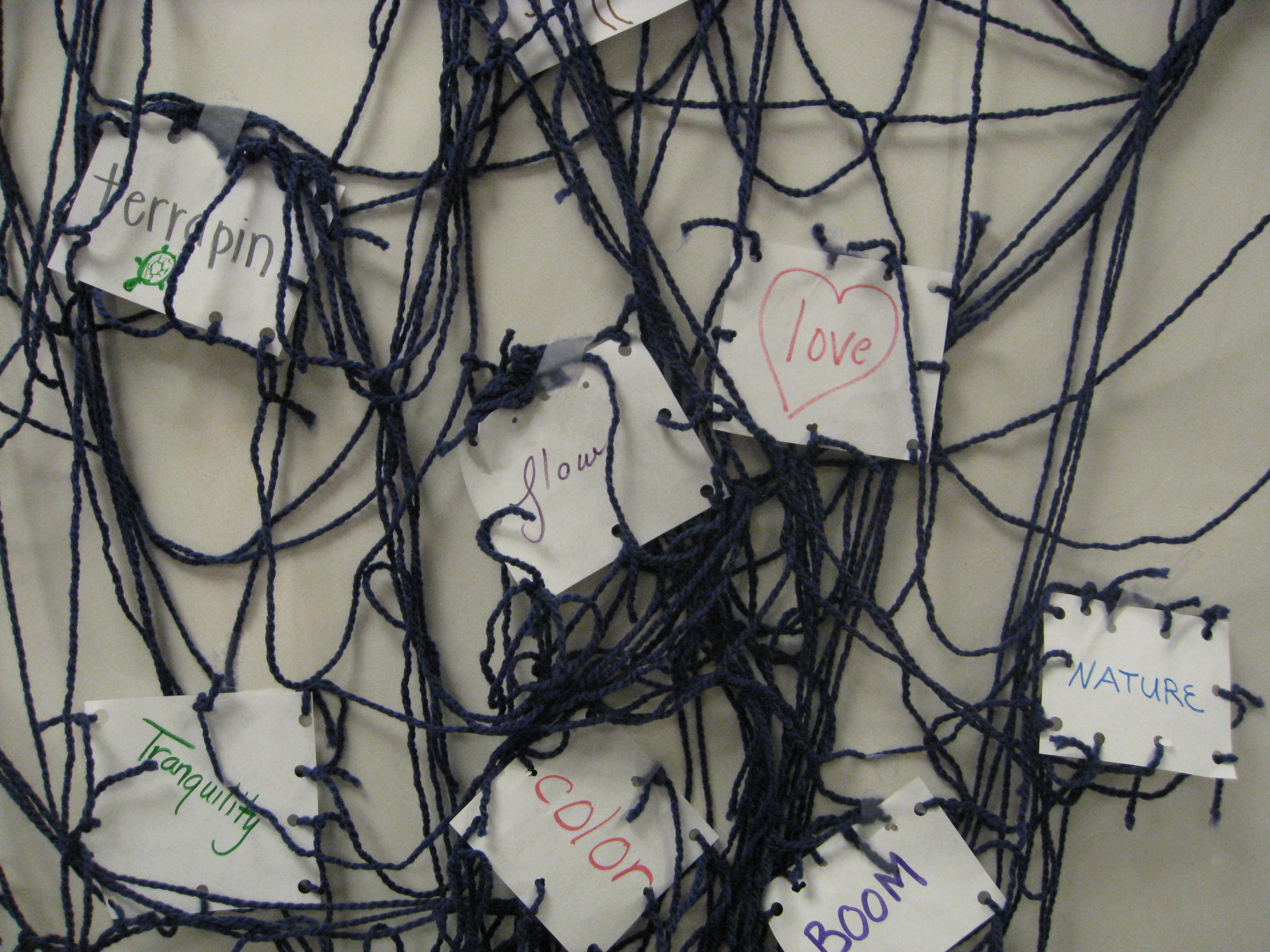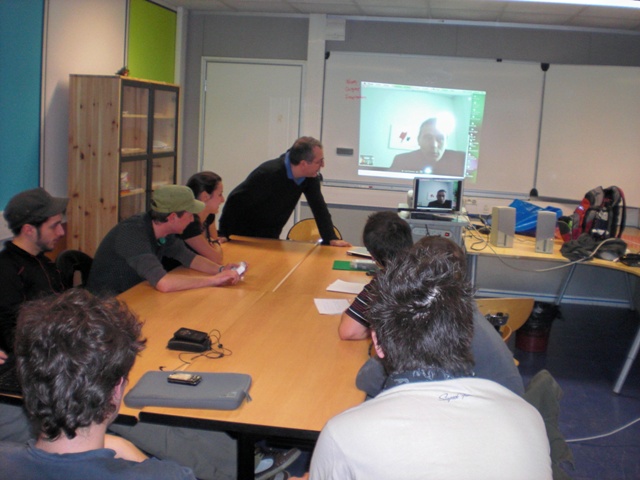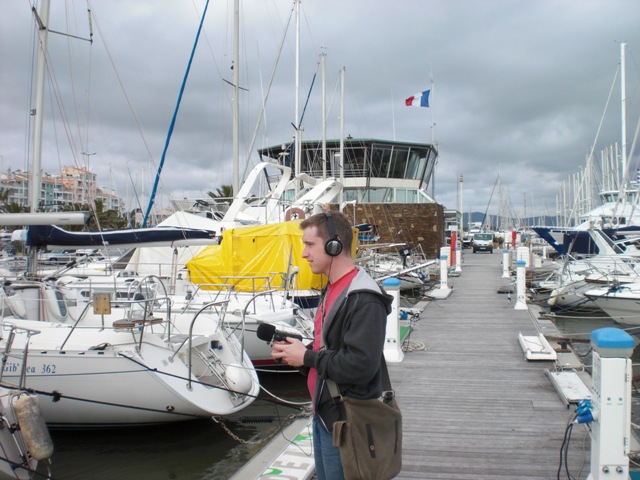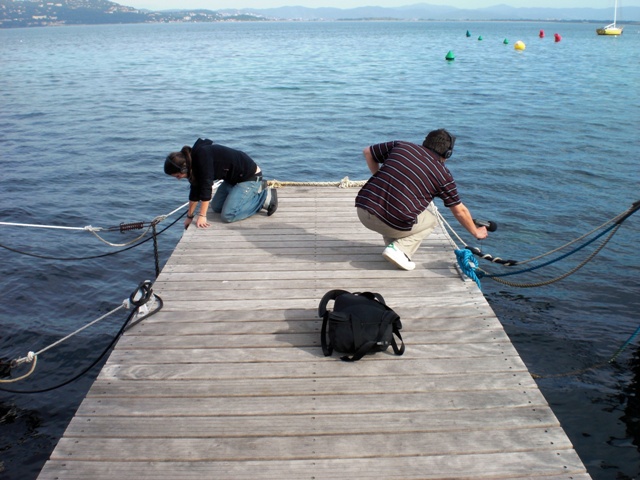This fall the Center for Creative Connections invited C3 Visiting Artists xtine burrough and Sabrina Starnaman to design in-gallery activities inspired by unattributed works of art in the DMA’s collection. Meet xtine and Sabrina here and learn more about their thoughtful installation and activities designed to engage a larger conversation about labor.
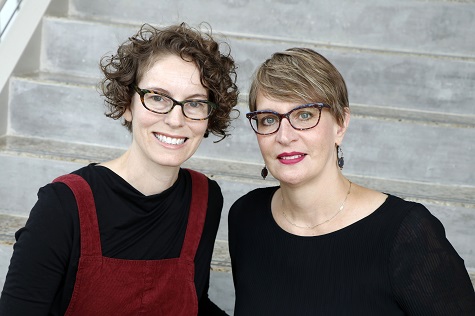
Tell us about yourselves.
We met in fall 2016 at the University of Texas at Dallas, where we discovered a shared passion for embodiment, literature, and workers’ rights. We became fast friends and quickly set forth to merge xtine’s interventions on crowdsourcing platforms with Sabrina’s expertise in literature, history, and labor.
What motivated you to apply to the C3 Visiting Artist Project?
xtine delivered a talk about her project, Mechanical Olympics, in the C3 Theater during Fall 2015. While at the DMA, she saw that the Center provided a space for connecting the Dallas community with local artists who could leverage the educational team at the Museum to bring engaging art to diverse audiences through interactive media formats. This was a good fit for the type of exhibition that she and Starnaman wanted to create for The Laboring Self.
Tell us how the idea of your project originated.
The Laboring Self grew out of a pilot project, Digital Korl Woman, that we developed in Sabrina’s class “Studies in Women’s Literature: Rebels and Reformers” at the University of Texas at Dallas in spring 2017. Sabrina was teaching Rebecca Harding Davis’s 1861 novella Life in the Iron Mills in class, a book about unregulated labor in a steel mill, and we saw the potential for parallels between critical issues in labor across the centuries.
We initiated an exploratory collaboration in which we asked Sabrina’s students to create a participatory project much like the one we present in the C3 space. First, students hired virtual workers to interpret a section of Life in the Iron Mills by submitting selfies to reflect the feelings that the steel worker character expressed in a sculpture he made out of waste products from the industrial processes. These pictures were then used as inspiration for a 3-D cardboard sculpture. Finally, the students chose parts of Davis’s book that they found important and layered them on the sculpture.
We were invited to share this project and the process at a number of academic conferences, and now an article about it is forthcoming in Transformations: The Journal of Inclusive Scholarship and Pedagogy.
The Laboring Self, which centers on reproductions of human hands—workers are “hired hands” after all—grew naturally from our classroom experience and continues to evolve in ways we find exciting and will be working on for some time. We document our ongoing projects on our website, Visible Women.
What do you hope visitors will take away from your project?
We hope that visitors will see a connection between the detrimental impacts of unregulated labor in the 19th and the 21st centuries. While contemporary digital and crowdsourced work seems different from the industrial labor that became common in the 19th century, there are many parallels. For instance, workers who enter evolving industries have few protections. Laborers in the 19th century were ultimately able to address some of the exploitative and dangerous conditions in their workplace, but today’s crowdsourced laborers have few mechanisms to voice their concerns.
It is important to us that visitors to C3 have a chance to reflect on their own work experiences and how it affects their bodies. Those who are, have, or will work are as much a part of the project as the digital laborers who provided their hands and thoughts for the installation. Through the interactive aspects of our project—all of which involve using hands and words—we ask visitors to create their own “hired hands.”

What have you enjoyed most about this experience?
We love the process! It is an honor to be able to realize our vision in a space that includes participants from so many different communities. While we are excited to bring our families to the tables, trace our hands, our kids’ and spouse’s hands, and make rock-rubbings of the literary quotes on a Sunday afternoon, the journey is the most enjoyable part of the experience. From the day we sat together struggling with how much we would pay the workers on the Mechanical Turk website to the day we created and hung strands of hands on the wall of the C3 space, we learned a lot about ourselves and the world we live in, while making something that engages the community where we live and work.
Visit the Center for Creative Connections through December to participate in activities and contribute your own responses to xtine and Sabrina’s The Laboring Self installation.
Join us for a reception in the Center for Creative Connections on October 26 and mingle with C3 Visiting Artists xtine burrough and Sabrina Starnaman in C3 from 7:00 to 9:00 p.m.
Kerry Butcher is the Center for Creative Connections Coordinator at the DMA.




